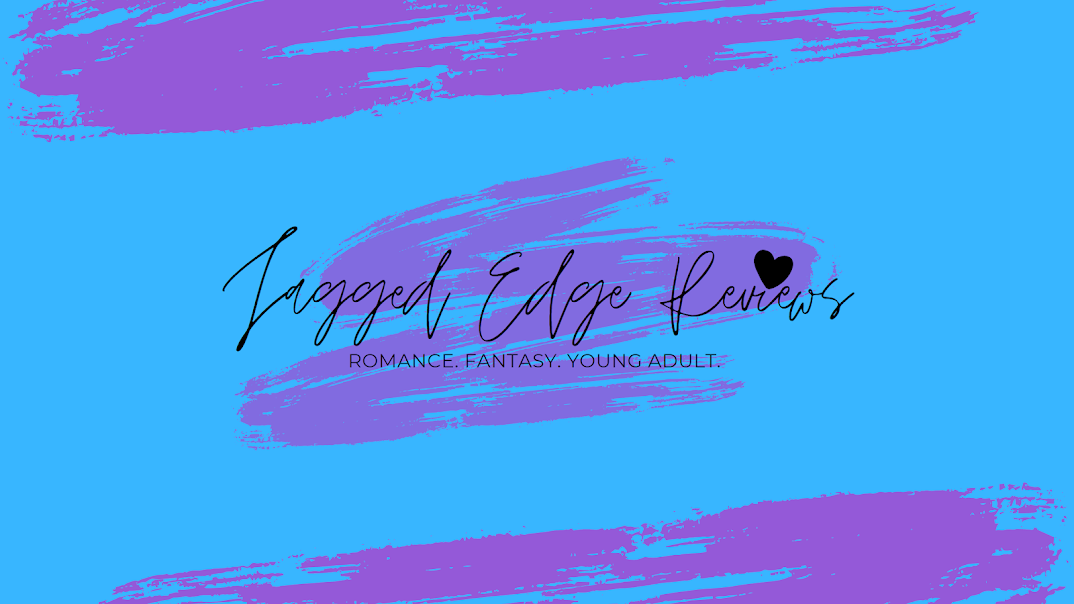A Journey Back in Time
Writing
my novel The Beauty Queen of Jerusalem
took six long years, though the process took me back decades.
Stretching
from the end of the 19th century to the mid-1970s, the story is narrated by the
Ermosas, a Ladino-speaking family that emigrated from Toledo, Spain, and
settled in Jerusalem. The historical events that took place in the Land of
Israel during this period are entwined with the lives of the protagonists,
beginning with the time of Ottoman control over the Land of Israel, through the
British Mandate period, the struggle of the Jewish underground organizations
against British rule, the War of Independence, and the first years of the State
of Israel.
A
novel such as this, laced with historical events, requires precise and in-depth
research. Beit Ariella—Tel Aviv’s central library—with its passageways and
hushed halls, offered me hospitality for hours on end.
Perhaps
because I’m a journalist by profession, I did not head for the books but rather
turned to the newspaper archives, for I knew that it was there, in the
newspapers, that I’d find life: reports of events, big and small, important or
esoteric, human stories, juicy gossip, descriptions of political goings on and
matters of state alongside documentation on performances and cultural events,
theatre and movies.
Within
the pages of the newspapers, I explored fashion, food, humor, private mood and
public mood during these fascinating times.
In
the culture section, I discovered that the primary pastime in Jerusalem during
the 1920s-‘40s was visiting one of the city’s movie theatres, and that the best
loved movie and greatest box office success in the 1940s was Gone with the Wind—a blockbuster that
was shown on the silver screen in the United States and in the Land of Israel
at the same time. I learned that in 1923, the revered Russian-Jewish conductor
Mordechai Golinkin conducted Rossini’s The
Barber of Seville, staged by the recently established Palestine Opera
Company, while the Habima Theatre successfully staged William Shakespeare’s The Merchant of Venice in 1936.
What
I found in the newspapers enabled me to describe life on the Tel Aviv seashore,
with its cafes and laid-back spirit, an attitude I gleaned from a 1929 article
defending the custom of Tel Avivians to walk in only their bathing suits on the
streets adjacent to the beach—a behavior that persists to this day but had been
shocking to some at the time.
I
embedded these seemingly minor details into the narrative of my novel in order
to build out the setting and transport readers into the Ermosa home.
From
the yellowed, crumbling pages of the first Hebrew paper, HaZvi, I learned that for decades, members of the Sephardic
community had forbidden their sons and daughters to marry members of the
Ashkenazi community. The prohibition was so grave that in 1849, when
philanthropist Sir Moses Montefiore had
offered a prize of one hundred gold napoleons—a fortune at the time—to anyone
who would “intermarry,” he failed to find any takers. From within this news
item, I wove the forbidden love story of Rochel, a young Ashkenazi woman, and
Gabriel Ermosa, a young Sephardi man—the dramatic romance that drives the
novel’s plot.
And
while I learned of cultural events, trends, and attitudes from these papers, I also
read about more serious matters, like the filthy alleyways of the Old City in
Jerusalem, where sewage ran freely due to lack of infrastructure. These
conditions were responsible for the Cholera epidemics in the 1830s and 1910s that
decimated thousands in Jerusalem and left dozens of orphaned children to wander
the streets, homeless. And it was here that I gained the inspiration to write
the story of Rosa, one of the protagonists in my novel.
After
reading about the practice of the Jewish Lehi underground organization in the
1940s to shave the heads of women who fraternized with British soldiers, I created
the character Matilda Franco, whose relationship with a British officer is met
with her community’s great disapproval. At the same time, I also learned about
the curfews that the British frequently imposed on inhabitants of the country,
about the siege on Jerusalem during the War of Independence—which left the city
without food or water—and the ingenious solutions inhabitants of the city devised
to survive.
There
in the library, I lost myself to dozens of features, articles, and news
reports, immersed in another time, and eventually created the Ermosa family.
And through the personal and intimate lives of the Ermosas, I guided the reader
through the different eras in the history of the Land of Israel.
In
the course of the six years in which I wrote The Beauty Queen of Jerusalem, I lived two lives: my own life (my
work, my family, my children) and the lives of the Ermosa family. In my second
life, I was led between the pages of history—large and small moments of life in
the beautiful and difficult land where I was born and where my forefathers were
born.
I
grew wiser. I cried. I hated. I loved.
And I hope that, along with the history, this emotion translates through
the page to readers.







No comments:
Post a Comment